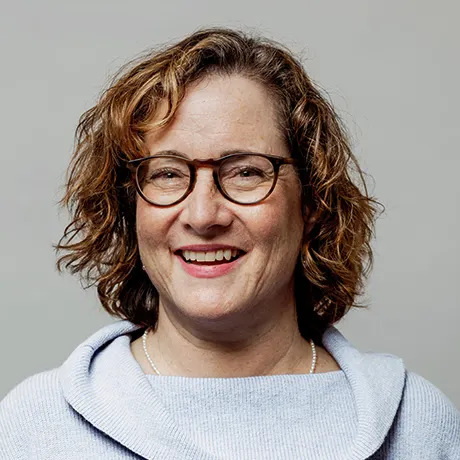6 steps to take after your child is diagnosed with ADHD

By Gail Belsky
Expert reviewed by Amanda Morin
You just found out your child has ADHD. Now that you have the diagnosis, what do you do next? If you’re not sure, here are six steps to take after your child is diagnosed with ADHD.
1. Learn all you can about ADHD.
ADHD is complicated and impacts many areas of life. The more you know, the better able you’ll be to support your child. For example, it’s helpful to know about different behaviors that are common in kids with ADHD. Or other conditions that often co-occur.
Also, there are many myths out there about ADHD. Make sure you have the facts. Learn about what causes ADHD, how common it is, whether it goes away over time, and more.
Hear an expert explain the basics of ADHD, including how it can affect daily life.
2. Talk with your child about the ADHD diagnosis.
Kids don’t all react to an ADHD diagnosis the same way. But many will have questions or concerns when they learn they have ADHD.
Let your child drive the discussion. Those early conversations might be long and in-depth or very brief. Some kids get upset at the news, while others feel relieved to have a reason for their challenges. Be reassuring, but honest.
Get tips for talking to your child about learning and thinking differences.
3. Look into treatment options.
There are a number of treatments for ADHD. The most effective one for the majority of kids (and adults) is ADHD medication. But there are non-medication treatments, too.
Behavior therapy and social skills groups can be helpful for some kids. So can exercise and other lifestyle changes. There’s also some research supporting Omega supplements. Talk with your child’s doctor about what might be best for your child.
Find out more about traditional and alternative treatment options for ADHD.
4. Talk to your child’s teacher about what might help.
If your child has ADHD, chances are the teacher has seen the signs. Maybe you’ve already talked about how to help your child with those challenges. But with a diagnosis, your child’s teacher can offer more support.
Kids with ADHD often get accommodations in class — like having a quiet place to take tests or being able to take a break during class to move around. Talk to the teacher about strategies and supports that might help your child.
Learn about classroom accommodations for ADHD.
5. Request a meeting with the special education team.
If the school first identified your child’s ADHD, you may already know who to talk to after getting the diagnosis. If not, the principal can direct you to the right people so you can talk about formal supports in school. They’re often part of the special education team.
Kids with ADHD can get formal supports in school in two ways. One is through an Individualized Education Program (IEP). The other is through a 504 plan.
For an IEP, your child’s school may want to do a full evaluation, which is free. For a 504 plan, the ADHD diagnosis may be enough. Either way, give the school a copy of the report from the professional who made the diagnosis.
Learn about the differences between IEPs and 504 plans.
6. Understand your child’s specific challenges.
Kids with ADHD have trouble with a key group of skills known as executive function. These skills allow us to focus, remember information, organize and plan things, manage our emotions, and more. So, difficulty with them impacts many areas of life.
Knowing about the specific skills your child struggles with can let you find strategies and solutions that can help with everyday living.
Discover executive functioning strategies you can try at home.

